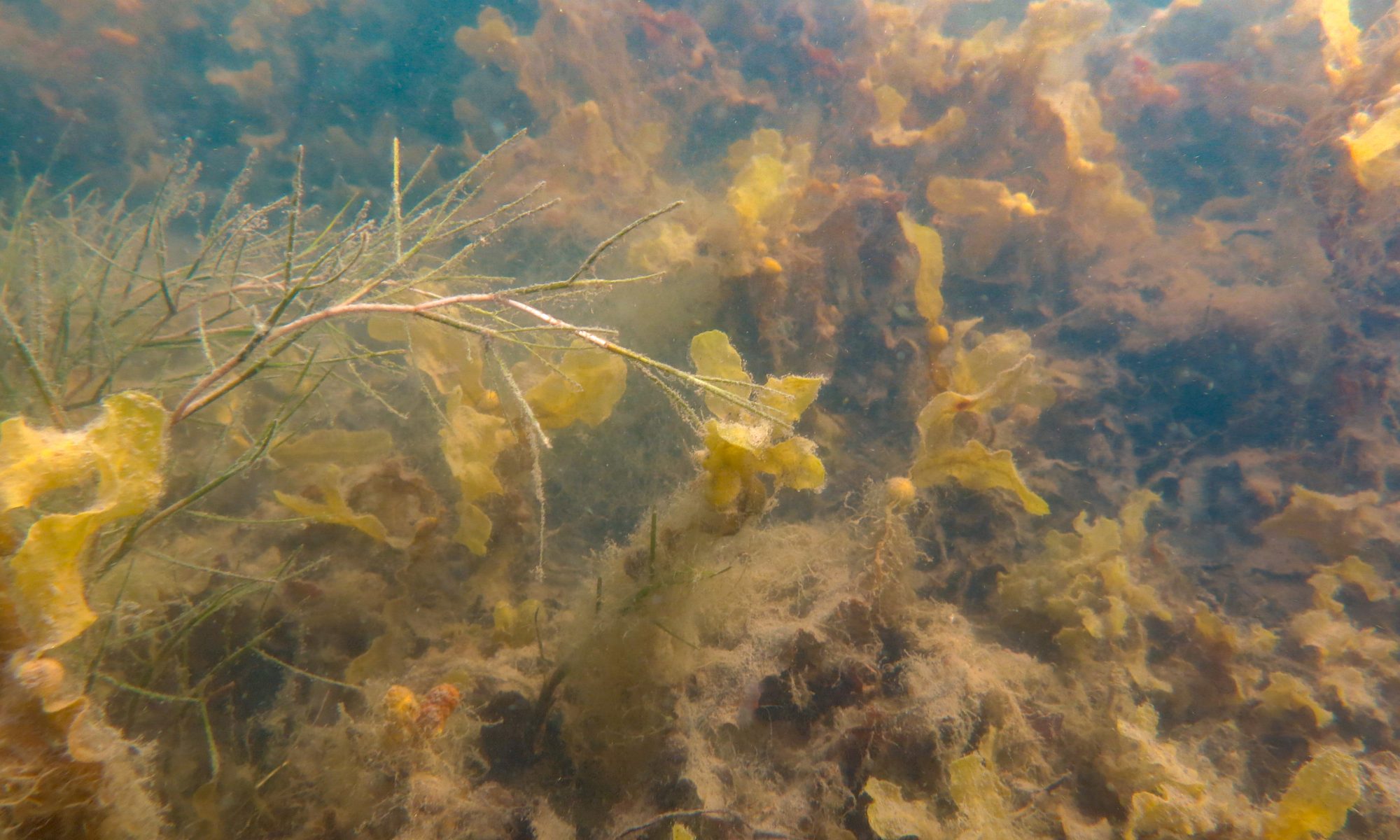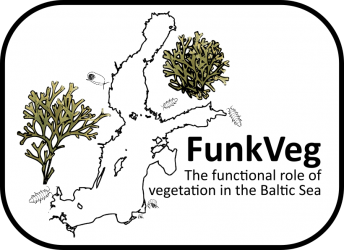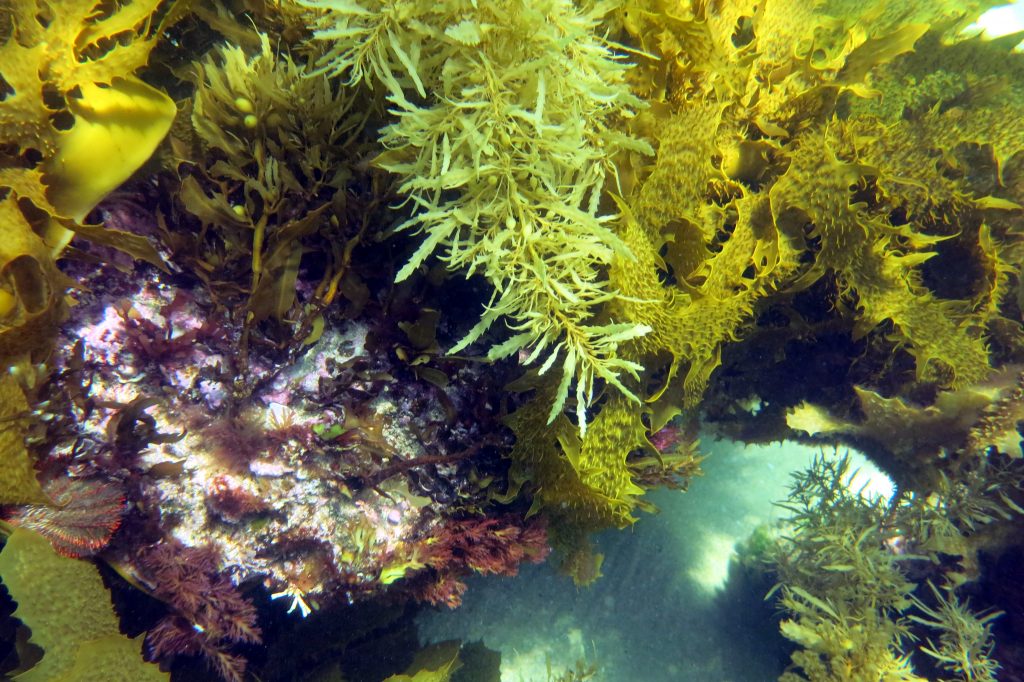What do kelp forests, mussel beds, seagrass meadows and coral reefs have in common? They are all given their name by the foundation species that creates them.
But what does being a foundation species entail?

Just as the foundations of your house provide structural stability keeping you house strong and stable, so too does a foundation species within an ecosystem. Because of this they are vitally important in structuring the community and maintaining a healthy ecosystem.
With the growing influence and uncertainty of human activity and environmental change the stability of the world’s ecosystems is questionable. It is therefore imperative that we understand what keeps ecosystems stable.
We know that foundation species are pivotal in ensuring ecosystem stability; but few have quantified it. Fortuitously nearly two decades worth of data and observations exists courtesy of the Santa Barbara Coastal Long-Term Ecological Research Project. Using this data researchers at the UC Santa Barbara’s Marine Science Institute posed the question:
‘Does a stable giant kelp forest result in a more stable understory community?´
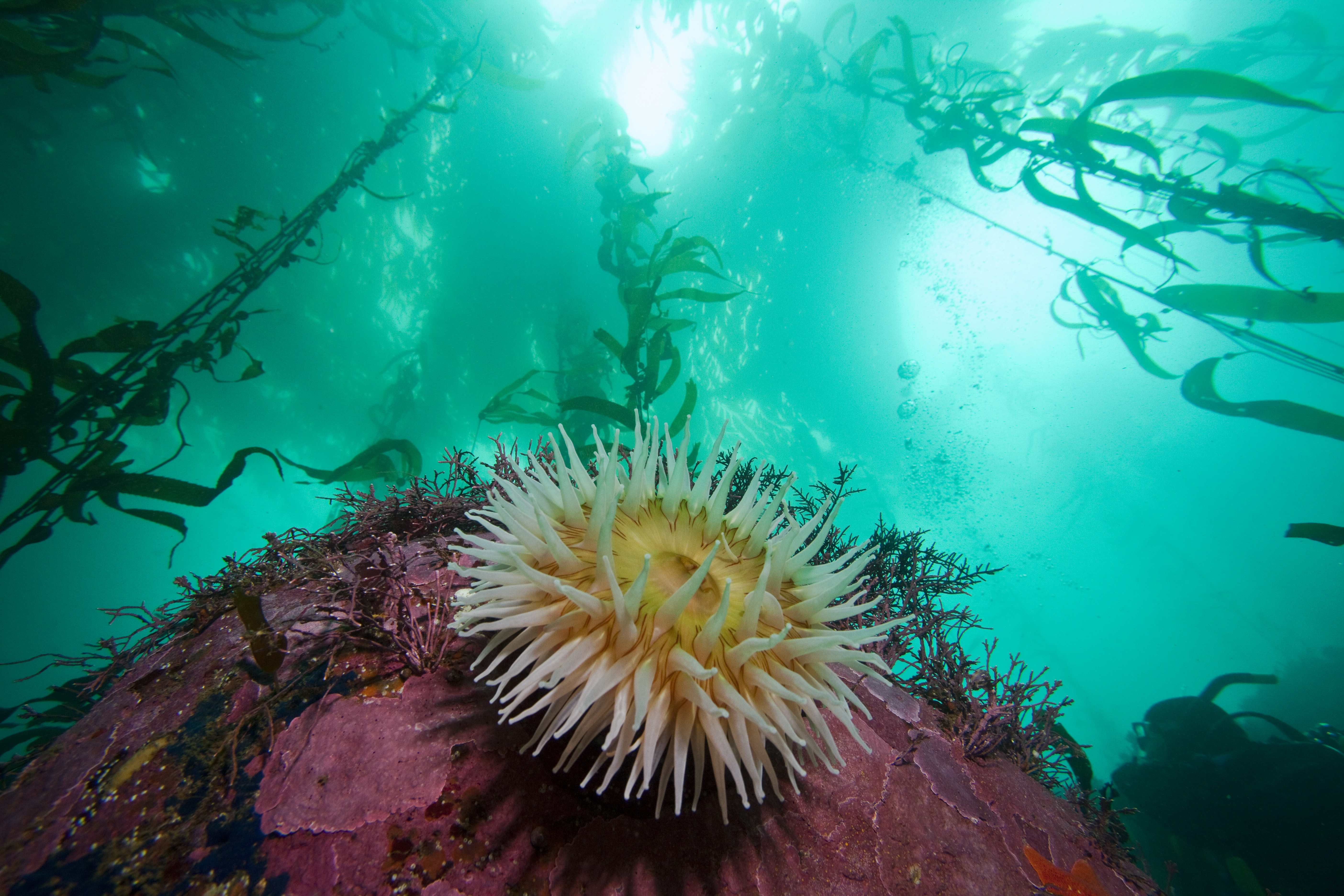
Anemone in Kelp, Monterey Bay National Marine Sanctuary, USA
Well it turns out it does. Just as stable foundations ensure your house stays up, so too does a stable forest of kelp help in maintaining the stability of the under-story community of plants and animal.
Unfortunately in the face of climate change the stability of kelp is likely to change in the future. This could have devastating effects of all the plants and animals that rely on the kelp forest. Not only this, but this new research suggests that all habitats reliant on foundations species may also face such similar problems. Without the important species providing a foundation for all the other plants and animals, we could see devastating changes to these iconic habitats.
So the take home note:
Just as you have to take care of the foundations of your house to prevent it collapsing, so too do we have to take care of the foundations of our ecosystems or face calamitous consequences.
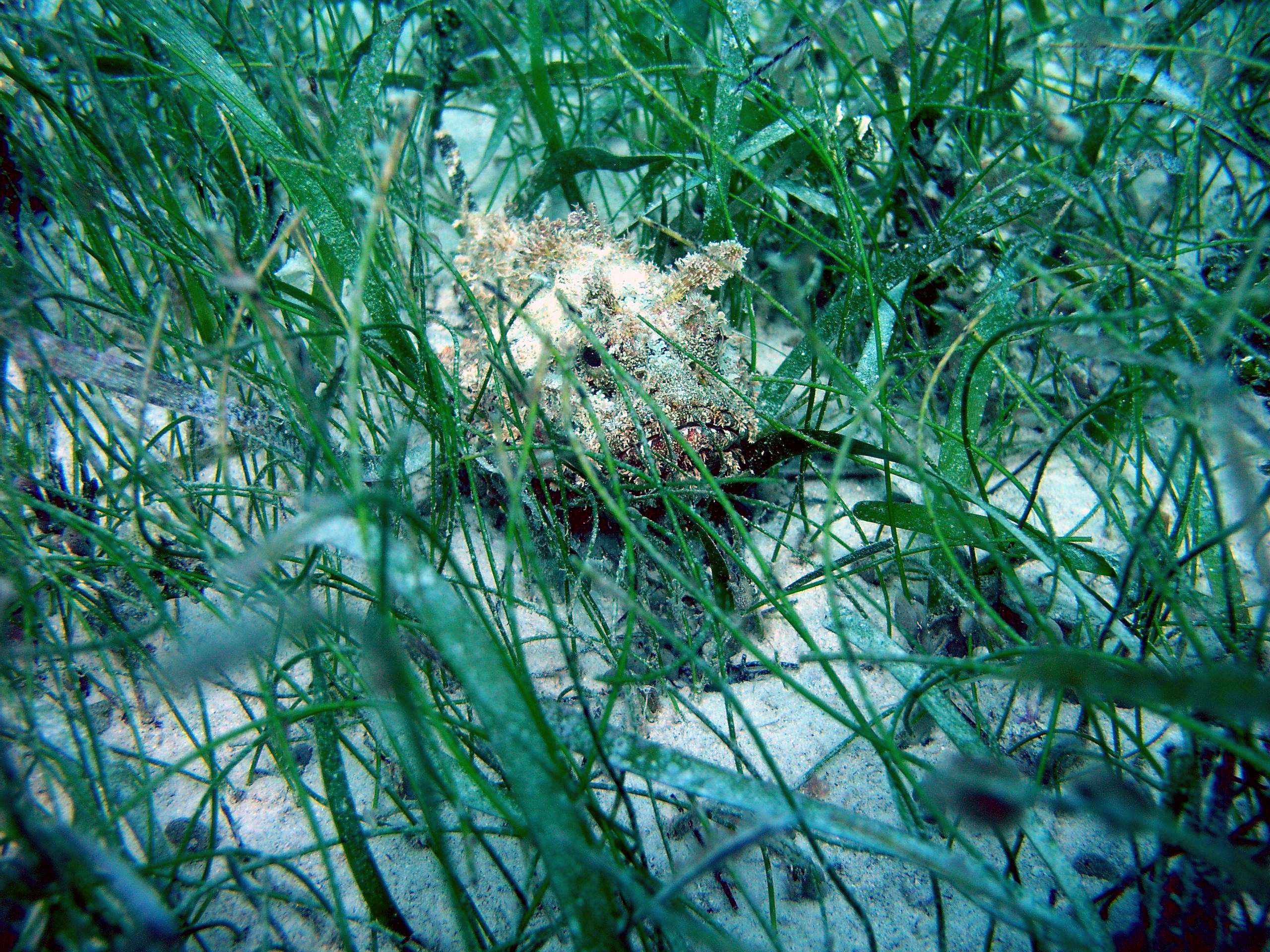
Scorpionfish in Seagrass, NOAA Florida Keys National Marine Sanctuary, USA
If you want to read more about this research check out this link or article below:
https://www.news.ucsb.edu/2020/019772/strong-foundation
Lamy, T., Koenigs, C., Holbrook, S.J., Miller, R.J., Stier, A.C. and Reed, D.C., 2020. Foundation species promote community stability by increasing diversity in a giant kelp forest. Ecology, p.e02987.
